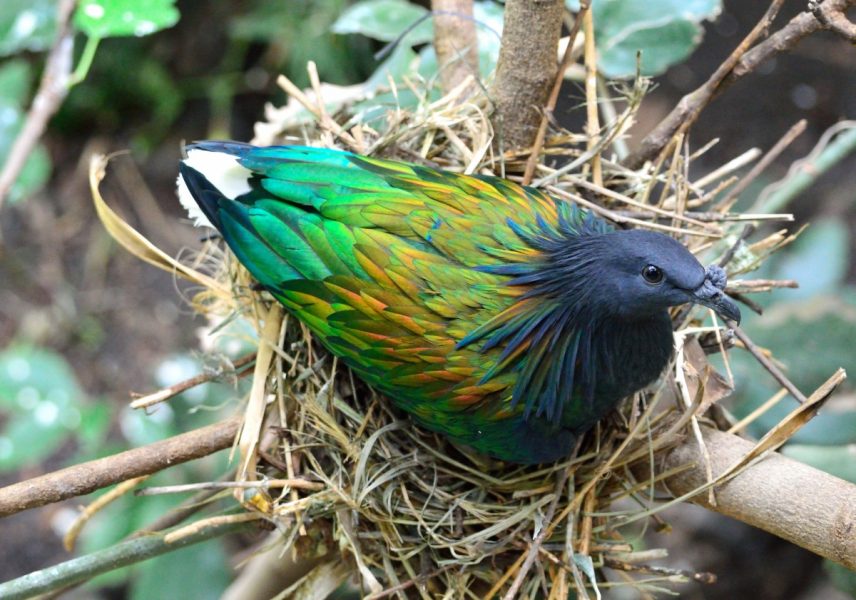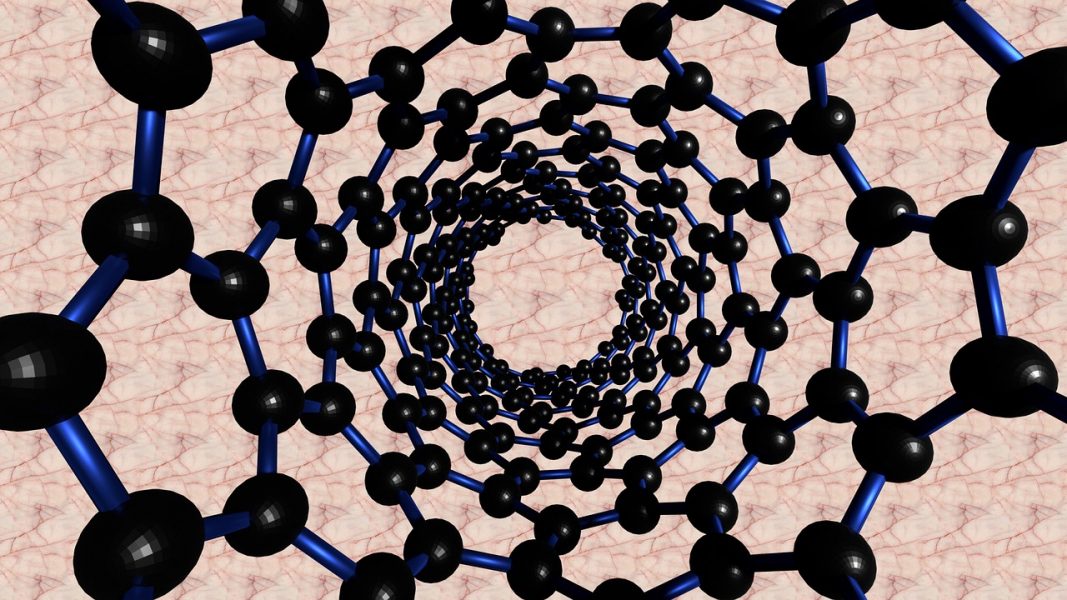Highly efficient and spectrally stable red perovskite LEDs developed by researchers at Florida State University.


Highly efficient and spectrally stable red perovskite LEDs developed by researchers at Florida State University.

A roll-to-roll strategy for the production of future wearable photoelectric devices with higher performance and at a lower cost.

The iridescence of Nicobar pigeon plumage is put under the microscope.

Carbon nanotube surfaces as ultrafast electron sources could influence the next generation of attosecond science and light-wave electronics research.

A team of North American researchers demonstrated a label-free and more direct way to observe and quantify microvascular and metabolic healing mechanisms, and the biological response to a topical treatment, utilizing a multimodal microscope equipped with OCT and FLIM.

A team of Chinese researchers used a GASMAS optical spectroscopy technique to study the degree of freshness of unfertilized eggs and to distinguish unfertilized eggs from fertilized eggs.
![Chiral Cellulose Films for Polarization-Based Encryption [Video]](https://www.advancedsciencenews.com/wp-content/uploads/2018/03/adma201705948_ASN_image.png)
Chiral photonic cellulose films are prepared, and their ability to reflect circularly polarized light (CPL) is explored. The films are promising for novel photonics applications, including polarization-based encryption.

A team of Chinese researchers developed a cost-effective and fully automated blood counting system that can be used by trained and untrained users.

A novel technology to display information on transparent screens offers new opportunities in next-generation electronics, such as augmented reality devices, smart surgical glasses, and smart windows.

This month’s top Advanced Optical Materials papers and covers.